Inhaltsverzeichnis
How CBD oil can relieve osteoarthritis in horses
Revolution in equine medicine: How CBD oil can relieve osteoarthritis in horses
Osteoarthritis is one of the most common diseases in horses and initially progresses slowly as a degenerative joint disease. Initially, osteoarthritis only shows small symptoms, but these disappear again as the horse moves - this is often referred to as the well-known 'the horse still needs to break in'. Although the joint disease often affects older horses, it can also occur in younger ones. Osteoarthritis results from various factors, such as genetic predisposition, overloading of the joints, injuries and age-related wear and tear.
The natural wear and tear of the joints over time is the main cause of osteoarthritis in horses. Through continued stress, exercise and age, joint cartilage can gradually wear away. Normally, this cartilage acts as a buffer and ensures that the joints slide smoothly. However, when damaged, inflammation, pain and stiffness result.
Symptoms of osteoarthritis
The symptoms of osteoarthritis in horses are complex. Among other things, horses suffering from osteoarthritis often show the following symptoms:
- Lameness: A common sign of osteoarthritis in horses is lameness, which can manifest as a limp or an irregular gait.
- Stiffness: Horses with osteoarthritis may appear stiff, especially after periods of rest or in cold weather.
- Swelling: Swollen joints can be an indication of inflammatory processes in the joint that are associated with osteoarthritis.
- Reduced performance: Osteoarthritis can affect the horse's performance, whether in sport or leisure.
In order to promote your horse's well-being, early detection and treatment of osteoarthritis is essential. A veterinarian can make an accurate diagnosis and recommend the most appropriate treatment options. It is advisable to monitor your horse's behavior and movements regularly to notice any changes
There are various treatment options for horses with osteoarthritis. These include drug therapies, physiotherapeutic measures and complementary nutritional supplements. Anti-inflammatory medications and pain relievers can help relieve symptoms. Physiotherapy can improve joint mobility and reduce pain. Supplements like glucosamine and chondroitin can support joint health and slow cartilage breakdown. Alternative therapies such as acupuncture and magnetic field therapy also relieve osteoarthritis symptoms.
A holistic approach is crucial to enabling horses with osteoarthritis to live a pain-free and active life. Early intervention and appropriate treatment can relieve symptoms and improve the quality of life of affected horses.

Types of osteoarthritis
Veterinarians often use specific terms to describe the different types of osteoarthritis - including podotrochosis, spat and shell - to provide a better understanding of these conditions.
- Podotrochosis: Inflammation of the hoof roll: Podotrochosis refers to degenerative and inflammatory lesions of the hoof roll that can affect the navicular bone. This disease can be acute or chronic and cause severe pain and lameness.
- Spat: Spat is a collective term for diseases of the hock joint in horses. These include acute inflammation, joint wear and chronic damage. Spat can affect the horse's mobility and lead to lameness.
- Hoof roll: Hoof roll is a disease in which the periosteum becomes irritated and bone growths develop. This leads to bony growths on the hoof, pastern or coronoid bone, especially on the front legs. The hoof roll is the body's reaction to increasing joint wear and tear and can lead to stiffening of the affected joint.
Regardless of the specific type of osteoarthritis, the process of joint wear is similar. The cartilage in the joint becomes increasingly soft and porous, which leads to cartilage loss and increases joint wear. The result is limited mobility of the joint, accompanied by inflammation and pain.
By knowing the different types of osteoarthritis in horses, horse owners can better recognize the symptoms and take appropriate measures to provide relief for their four-legged friends. It is important to see a veterinarian if you suspect osteoarthritis for an accurate diagnosis and an individualized treatment plan.
Causes of osteoarthritis in horses
Genetic predisposition: Some horses may be more susceptible to osteoarthritis due to their genetic predisposition. Certain breeds may be more susceptible than others.
Overload and incorrect movement: Constant overload through training on hard surfaces, intensive use or incorrect movement patterns can overload the horse's joints and lead to osteoarthritis.
Lack of or inadequate warm-up: Lack of an adequate warm-up before exercise can lead to injuries that can contribute to osteoarthritis in the long term.
Traumatic injuries: Injuries such as falls, accidents or improper handling can damage joint tissue and promote the development of osteoarthritis.
Missing or insufficient training breaks: Continuous training without sufficient regeneration breaks can overload the joints and lead to osteoarthritis.
Lack of routine checkups: Neglecting regular veterinary checkups can result in minor problems going undetected and developing into osteoarthritis.
Feeding errors: An unbalanced diet or being overweight can put additional strain on the joints and increase the risk of osteoarthritis.
Age: Older horses are more susceptible to osteoarthritis due to the natural wear and tear on their joints over time.
Poor hoof care: Poor hoof care or unsuitable hoof shoes can lead to misalignment, which in turn puts strain on the joints and can cause osteoarthritis.
Infections or inflammations: Infections or chronic inflammations in the joint can damage the joint tissue and promote the development of osteoarthritis.
CBD oil for osteoarthritis
Treating osteoarthritis in horses often requires a holistic approach to relieve pain, reduce inflammation and improve joint function. CBD, a component of the cannabis plant, has gained a lot of attention in recent years as a natural option for relieving osteoarthritis symptoms. In this article, we will take a closer look at how CBD oil can help horses with osteoarthritis and what benefits it offers.
Anti-inflammatory effects: CBD, a compound derived from the cannabis plant, has powerful anti-inflammatory properties. By reducing inflammation, CBD oil can help relieve pain and swelling in affected joints that accompany osteoarthritis.
Pain Relief: Osteoarthritis often causes severe pain in horses, which can significantly impact quality of life. CBD oil can help relieve this pain by acting on various pain receptors in the body and modulating their response to painful stimuli.
Improving Agility: By relieving pain and inflammation, CBD oil can help improve the horse's agility and mobility. This allows the horse to move more freely and carry out its daily activities, which is important for its physical and emotional health.
Supporting regeneration: CBD oil can also support the regeneration of damaged tissue, including the cartilage in the joints. By promoting the production of healthy cells and activating the body's own repair mechanisms, CBD oil can help slow the progression of osteoarthritis and improve joint function.
Stress relief and calming: Osteoarthritis can also cause stress and discomfort in horses. CBD oil has calming properties that can help reduce stress and improve the horse's overall well-being.
Further treatment options for osteoarthritis in horses
While CBD oil is a promising treatment for osteoarthritis in horses, there are also a variety of other approaches that can be used in combination or alternatively. In this article, we will look at several other equine osteoarthritis treatments that can be used alongside CBD oil to improve the health and well-being of our beloved four-legged friends.
Physiotherapy and Rehabilitation: Physiotherapy can play an important role in treating osteoarthritis by helping to improve joint mobility, strengthen muscles and relieve pain. Supportive measures such as massages, stretching exercises and hydrotherapeutic applications can significantly improve the horse's quality of life.
Joint preparations and nutritional supplements: There are a variety of preparations and nutritional supplements that can support joint health and relieve the symptoms of osteoarthritis. Glucosamine, chondroitin, MSM and hyaluronic acid are just a few examples of substances that can improve joint function and promote regeneration of joint tissue.
Joint Injections: In some cases, joint injections can be an effective treatment option to inject medications such as corticosteroids or hyaluronic acid directly into the affected joint. These injections can help reduce pain and inflammation and improve joint function.
Adequate exercise and training : An appropriate exercise and training program can help strengthen joints, build muscle and improve the horse's mobility. It is important that the training is tailored to the horse's individual fitness level and needs in order to avoid overload and protect the joints.
Healthy diet and weight management: A balanced diet is crucial for joint health. Adequate nutrient intake and a healthy weight can help relieve pressure on joints and reduce the burden of osteoarthritis.

Preventing osteoarthritis in horses
Although osteoarthritis cannot be completely prevented in many cases, there are a number of preventive measures horse owners can take to reduce the risk of developing the disease. In this article we will go into these preventive measures in more detail and provide tips for preventing osteoarthritis in horses.
Lots of exercise for supple joints
One of the most important measures to prevent osteoarthritis in horses is sufficient exercise. Regular and free exercise in the pasture or paddock helps to keep the joints supple and support their function. In addition to daily work with the horse, gymnastics, ground work and rides should be integrated into the training plan to mobilize the joints and strengthen the muscles.
Warm up before riding
Before every riding session, it is important to warm up the horse sufficiently at a walk. A warm-up period of at least 20 minutes is recommended to prepare the horse's muscles, tendons and joints for the upcoming stress. A thorough warm-up prevents injuries and protects the joints.
Nutrition tailored to your needs for optimal joint health
Proper nutrition plays a crucial role in preventing osteoarthritis. It is important that the horse receives a balanced, needs-based diet that provides all the nutrients necessary for joint health. However, care must be taken not to overfeed the horse and to avoid becoming overweight, as this can also be a cause of osteoarthritis.
Observe feeding as early as foal age
Prevention of osteoarthritis begins as early as foal age. It is important that even young horses receive a balanced and needs-based diet in order to minimize the risk of joint problems. Taking nutrition into account early can prevent potential problems and support long-term joint health.
What customers say about CALMA CBD







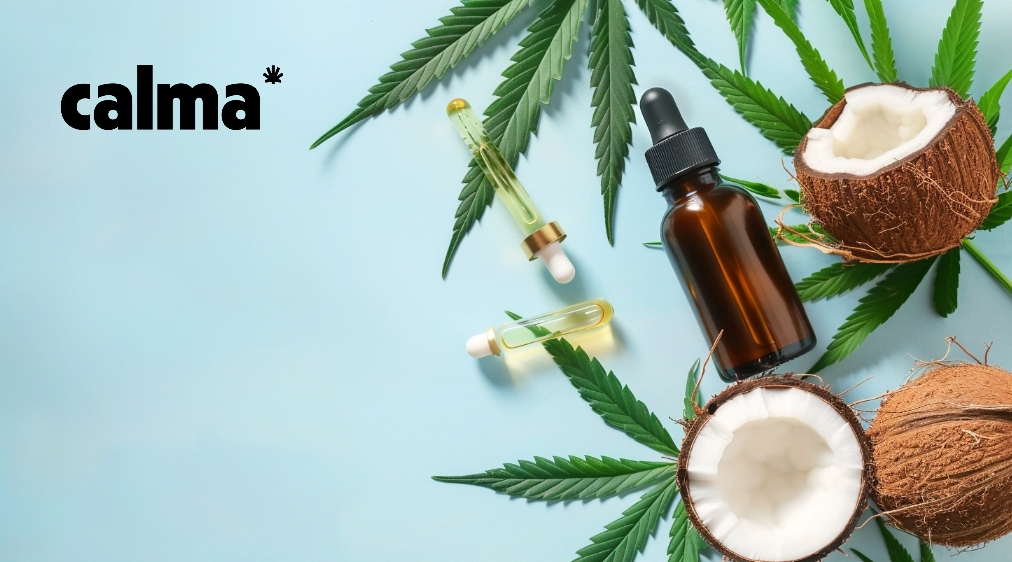
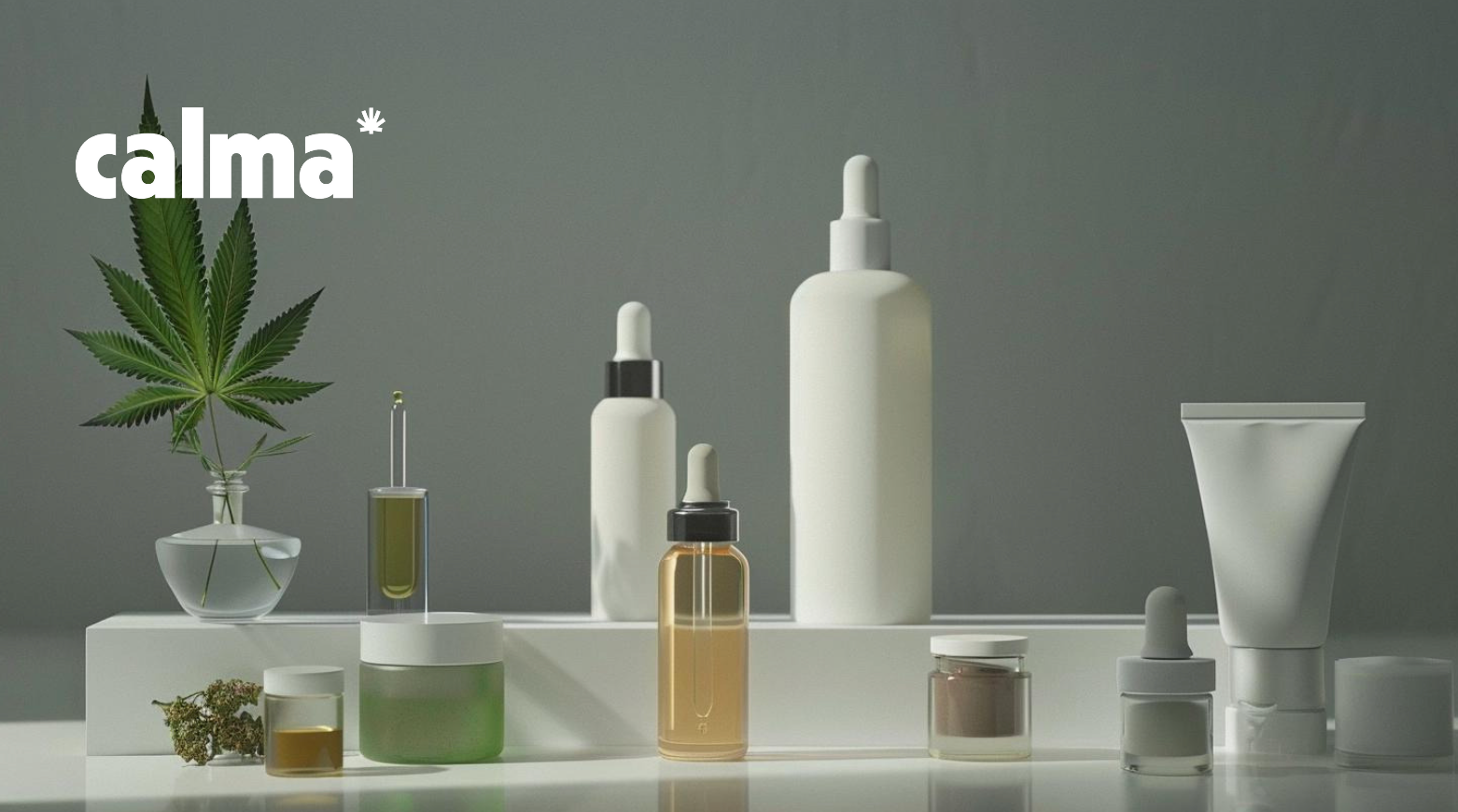

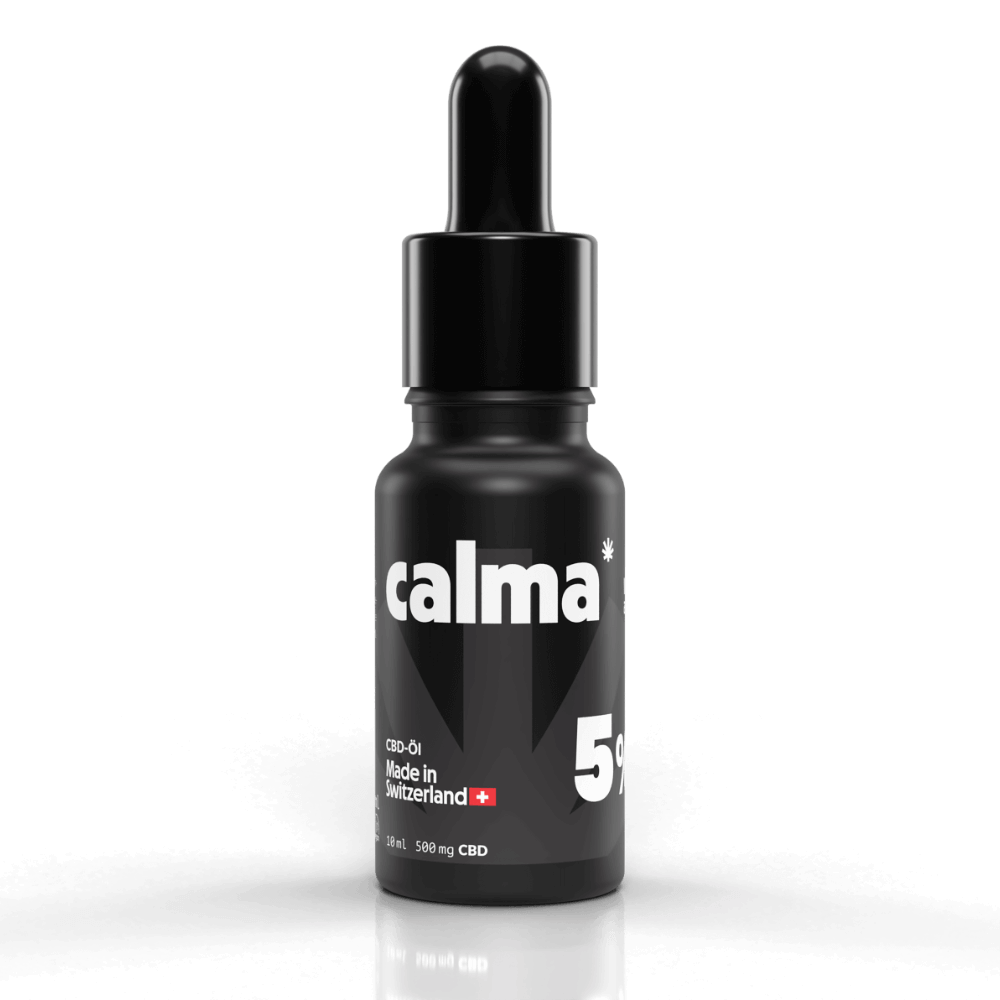

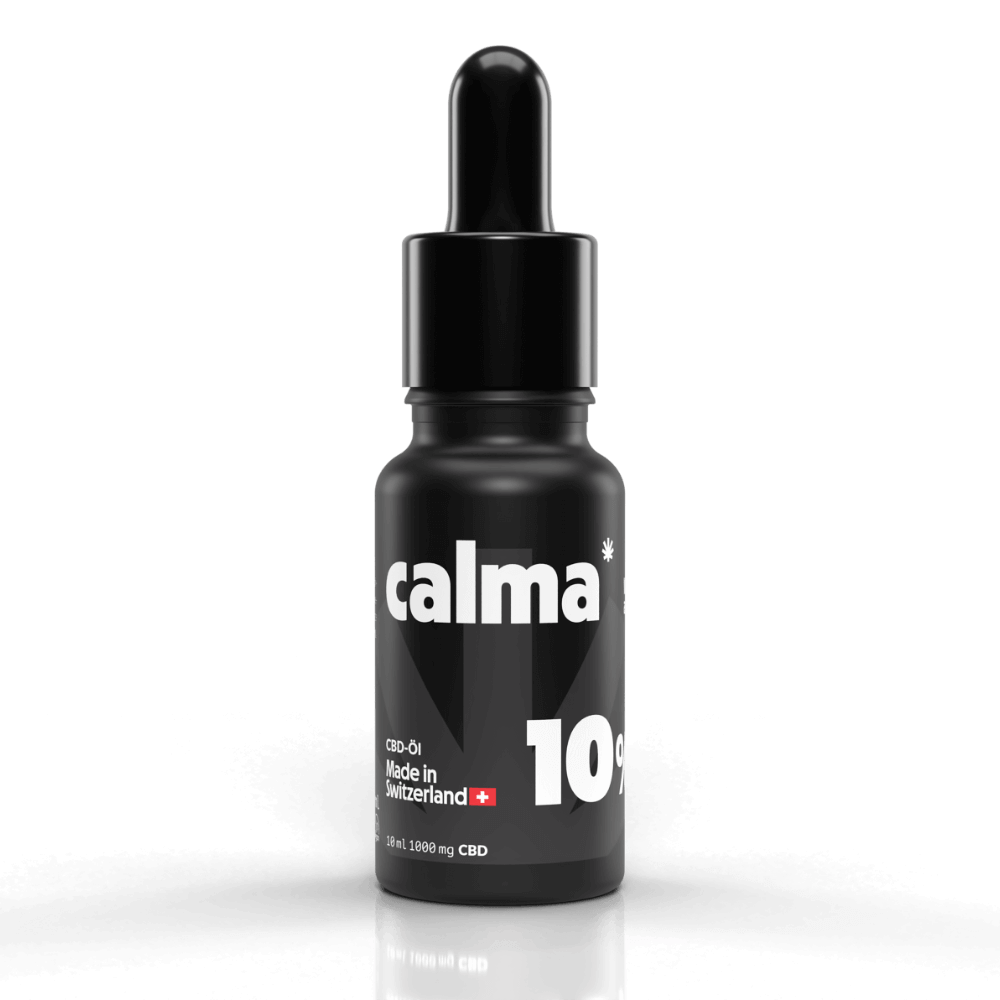
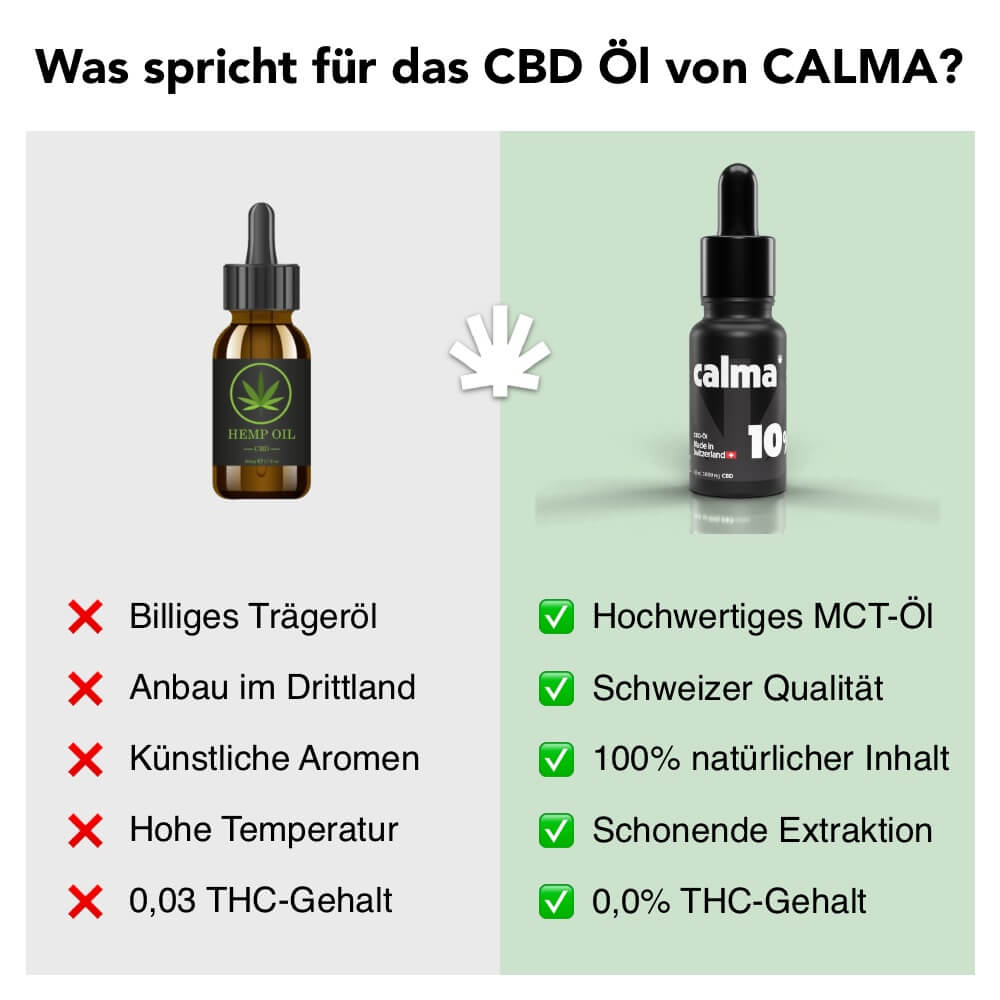
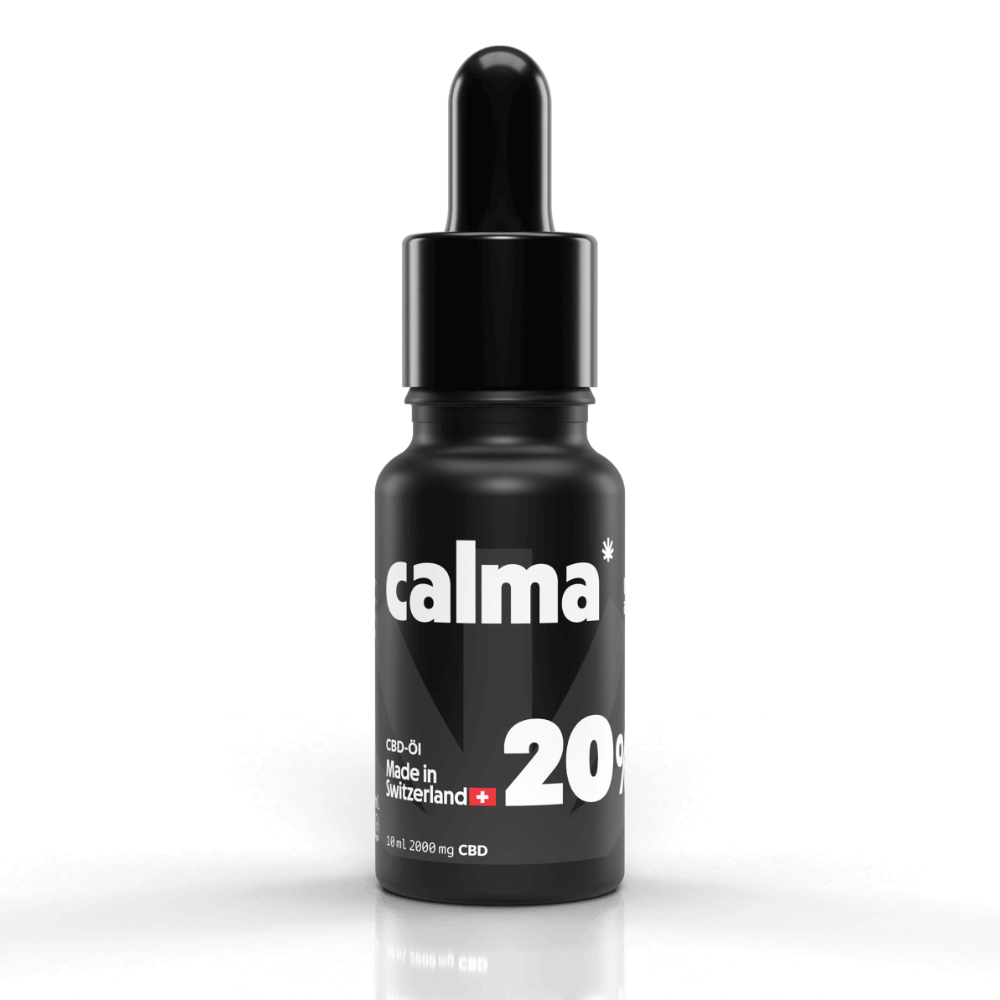

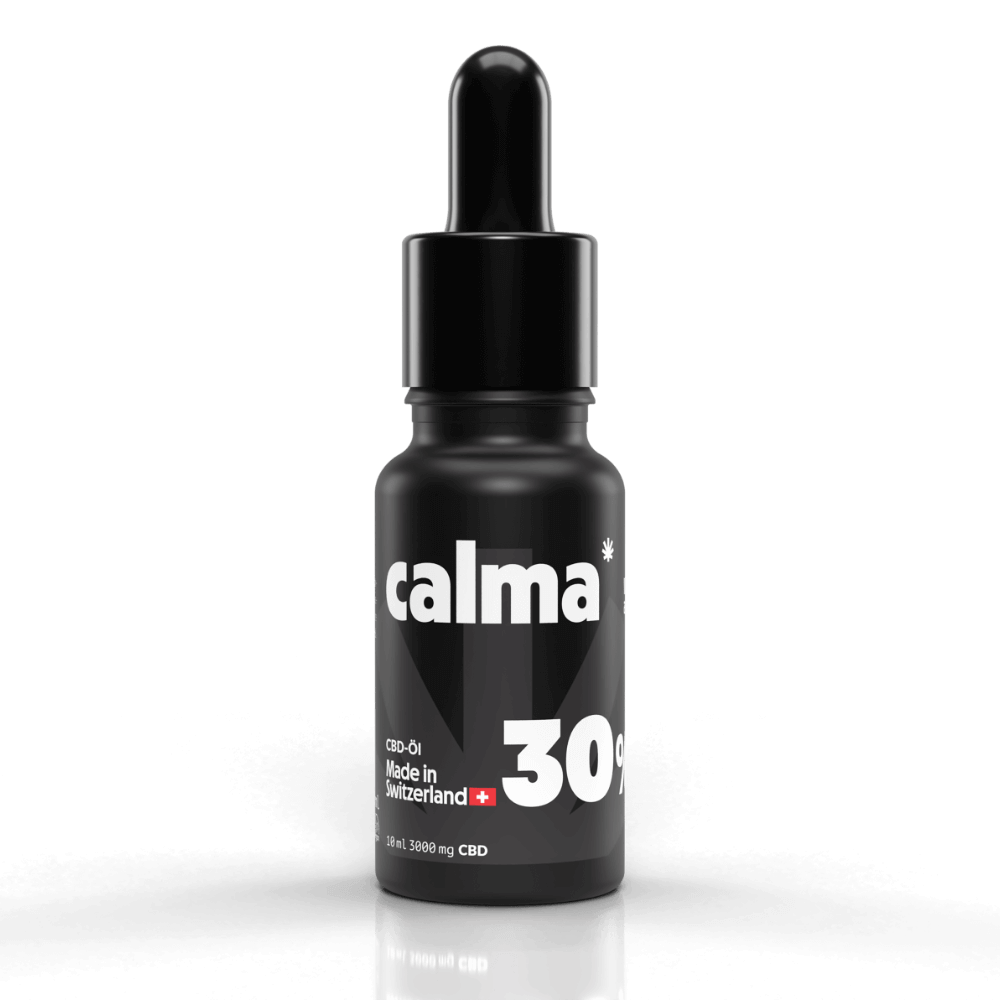
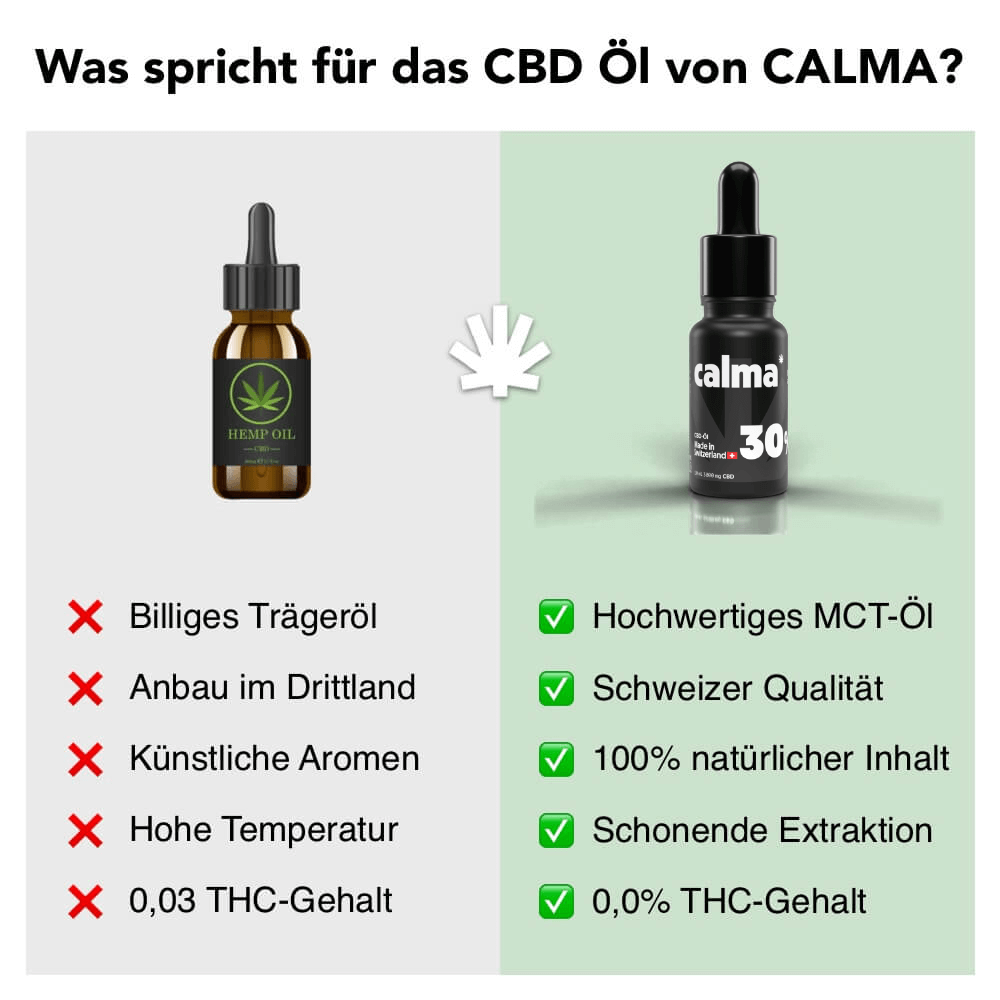
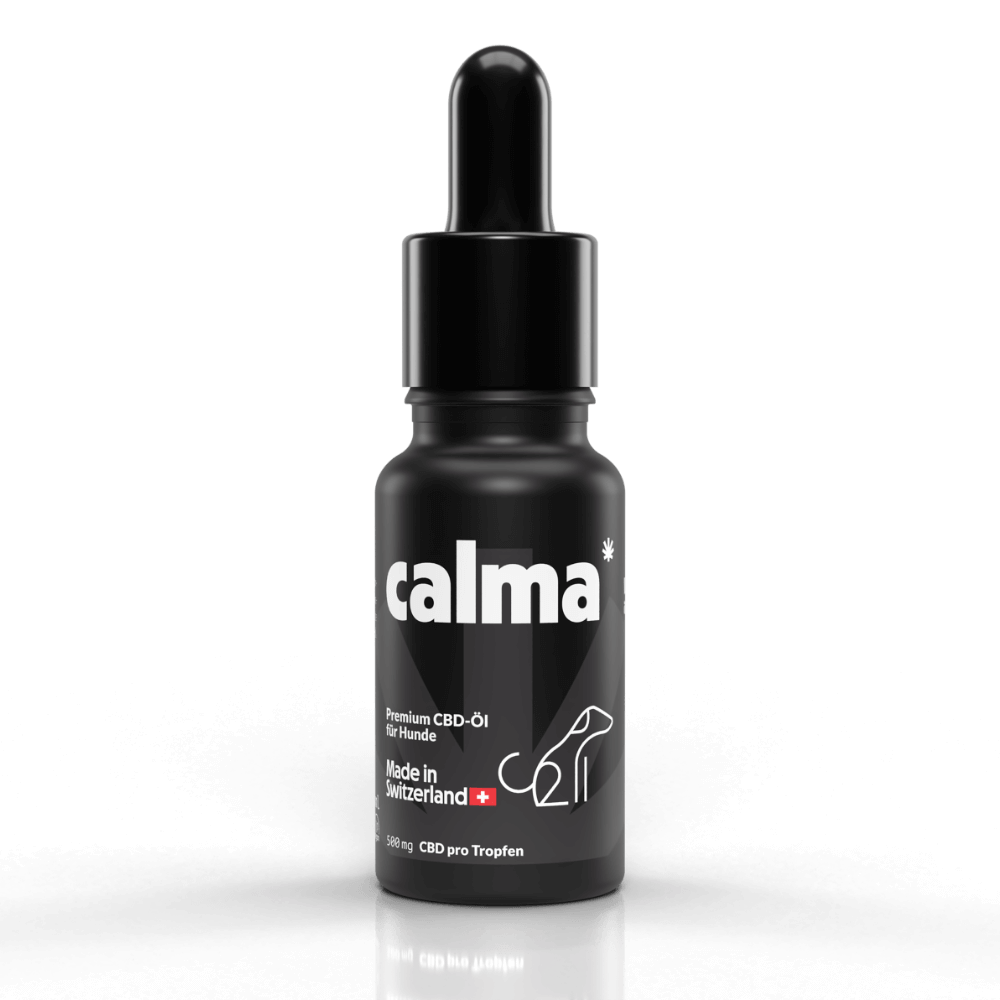
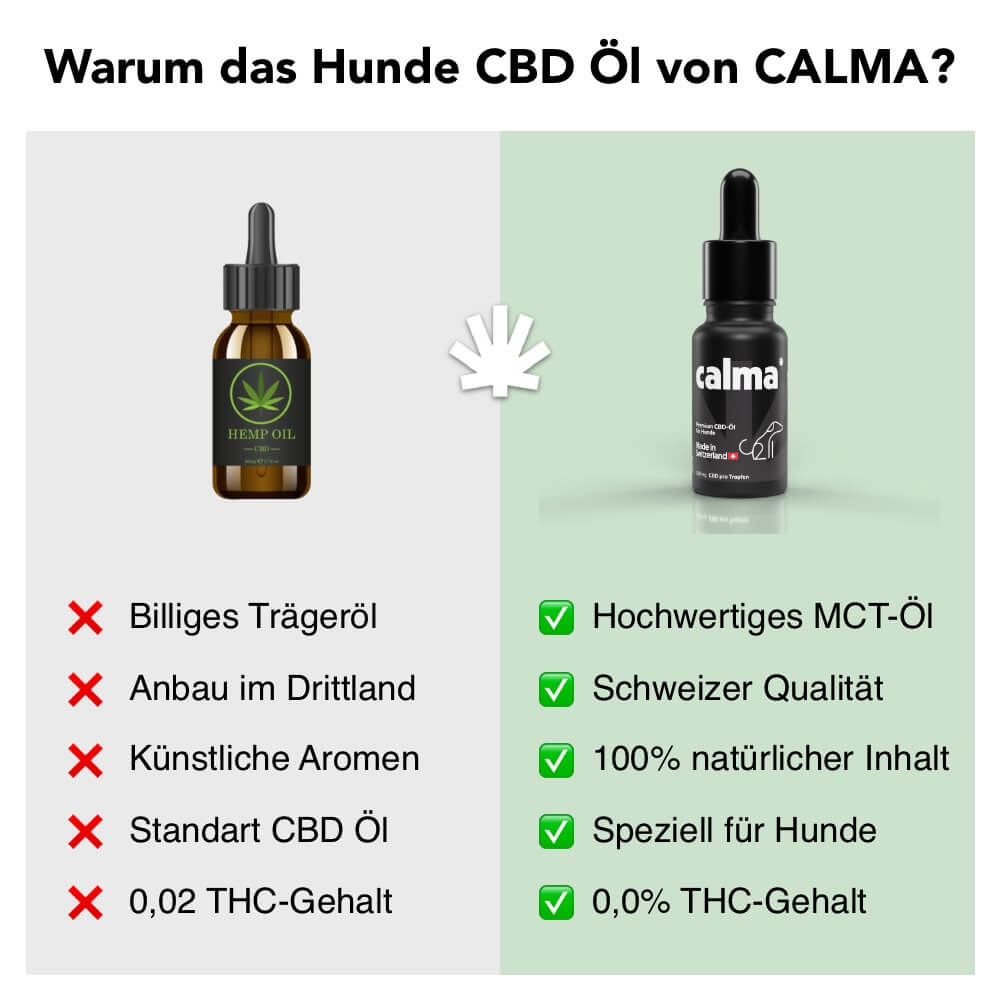
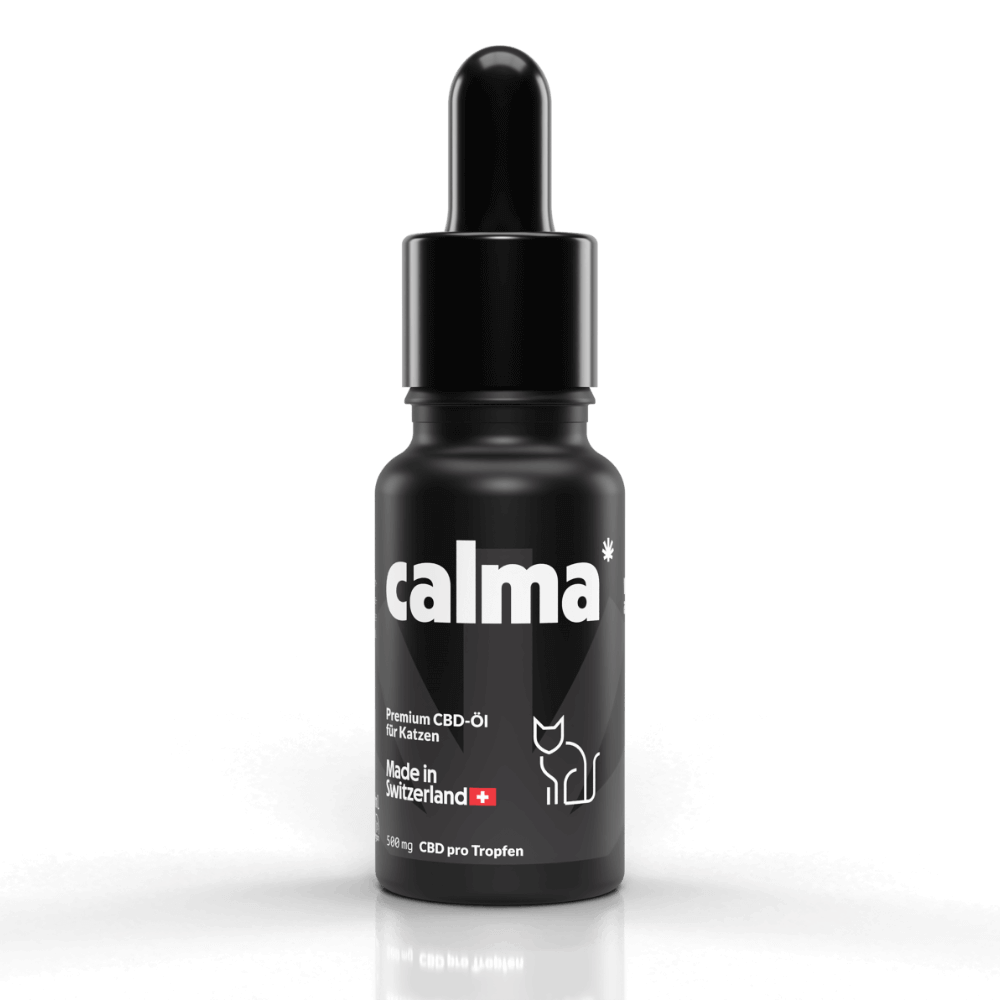
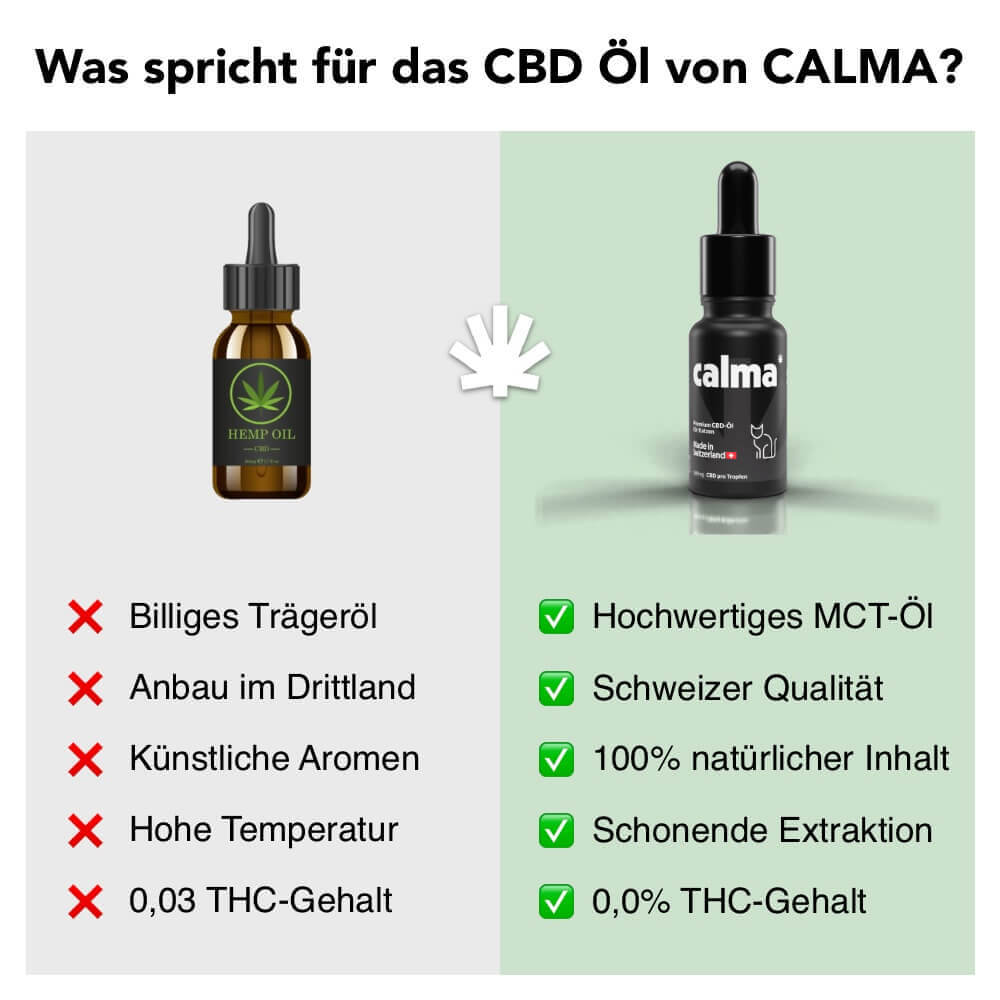
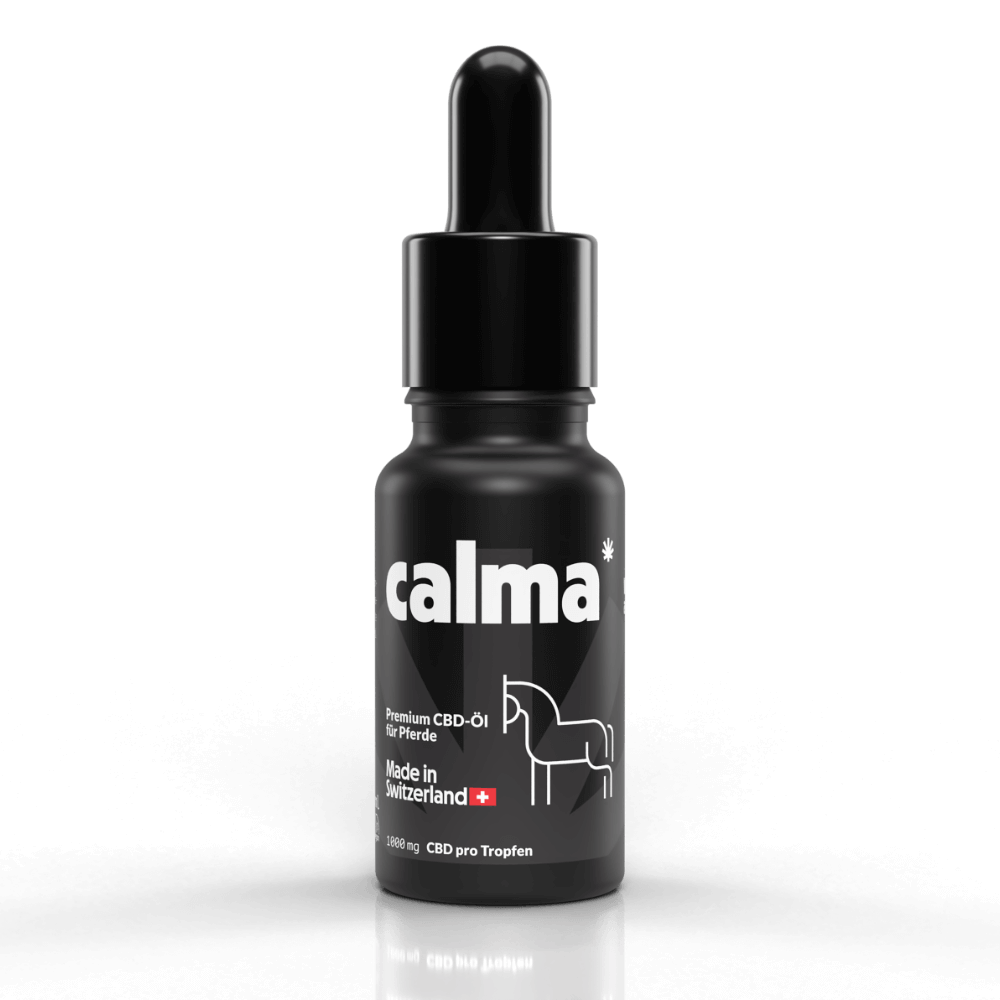
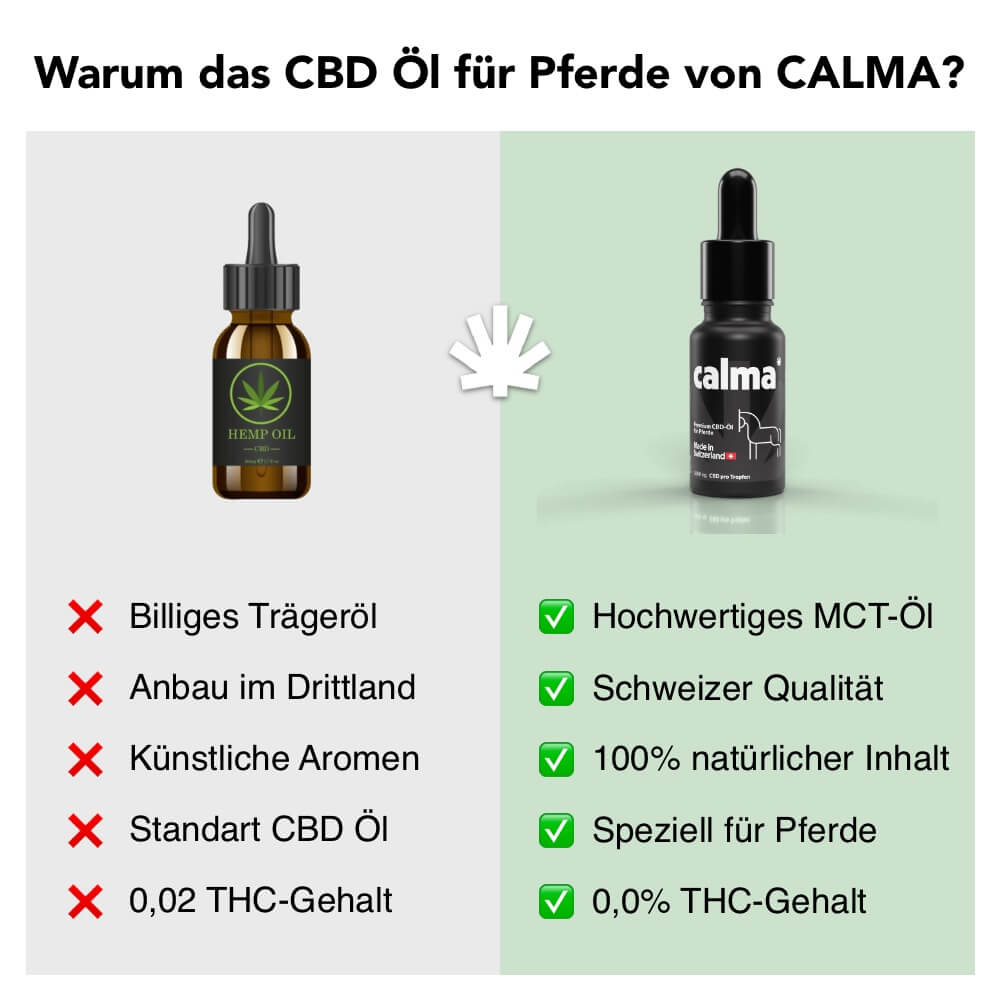
Leave a comment
All comments are moderated before being published.
This site is protected by hCaptcha and the hCaptcha Privacy Policy and Terms of Service apply.